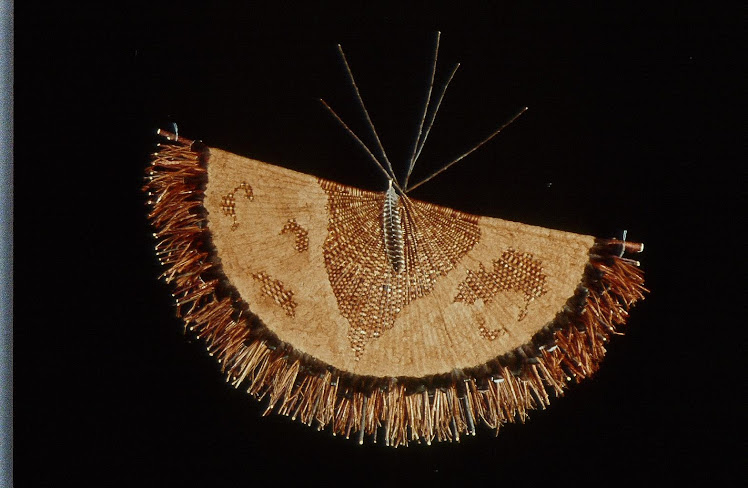Come to the page and rest, says Julia Cameron in her book “The Artist’s Way”. I have desired this as I do every May. In spring, as the anticipation of its promised glories slowly creep into winter-weathered bones, the business of the season, all that is required, overtakes us like a Tsunami. Planting seeds; preparation of soil; regaining paths through our garden as the lushness gets out of hand; gathering inner bark as the sap rises; teaching young people about their connection to the earth through weaving with plant fibers; and taking this years batch of West Gardens Harvest Baskets, along with our produce of spinach, kale, chard, arugula, and cilantro, to market. …Oh, I almost forgot...getting to hear and then meet Wendell Berry for my birthday! Such a month!

Now, I’m at the page to report how grateful I am that I was invited to teach at IslandWood this May. IslandWood is an amazing Environmental Learning Center located on Bainbridge Island, Washington, on the west side of Puget Sound just a ferry ride away from Seattle. Thousands of 4th-6th graders from all over Washington are served an extraordinary learning experience over their 4 day, 3 night stay. On the 255 acres of trails and indoor and outdoor classrooms, small groups of students are guided by innovative mentor/teachers, who lead them through an intimate investigation of natural ecosystems and cycles, ethnobotany and cultural history, with art and science integrated throughout.



After exploring every nook in the cozy cabin - a gas fireplace in the main room, two guest bedrooms, rustic log furniture, hand-woven rag rugs by Susan Snover, a tiny kitchen in the back, art on the walls - I had just begun to unpack my bags, when there was a knock at the door. I opened it with wonder, and there in full smile was IslandWood’s chef, Greg Atkinson. He welcomed me with a basket filled with grapes, yummy oat-bars, chocolate truffles, and a bottle of sparkling cider. Later I was impressed by his demonstration of food-chemistry when he showed students how to turn freshly made lemonade into pink lemonade using wild-rose petals.
In 2002, I taught students to make rattles using recycled juice cans, ‘the weedy vine ivy’, Western red cedar inner bark, and yellow iris leaves. And, each group planted a baby cedar tree in the garden outside the art studio.
This year, as I introduced myself to the 150 or so students I worked with over two weeks, I was able to also introduce these trees that young people like themselves had planted in 2002. The cedar trees are now 11 or 12 years old, 8 to 10 feet tall, healthy and thriving. It is gratifying to be able to work in context. To teach in an environment where I can connect students, utilizing all their senses, to the important lessons that native plants teach about cultural knowledge and place. These types of lessons help us see and how we, as individuals and communities, fit into this big picture.
"An intimate participation leaves a memory as long as you are on the earth."
The Late, Beloved Skokomish Cultural Teacher, Bruce Miller
Thank you to everyone I met at IslandWood,
and thanks to all those who support this type of important work.




































